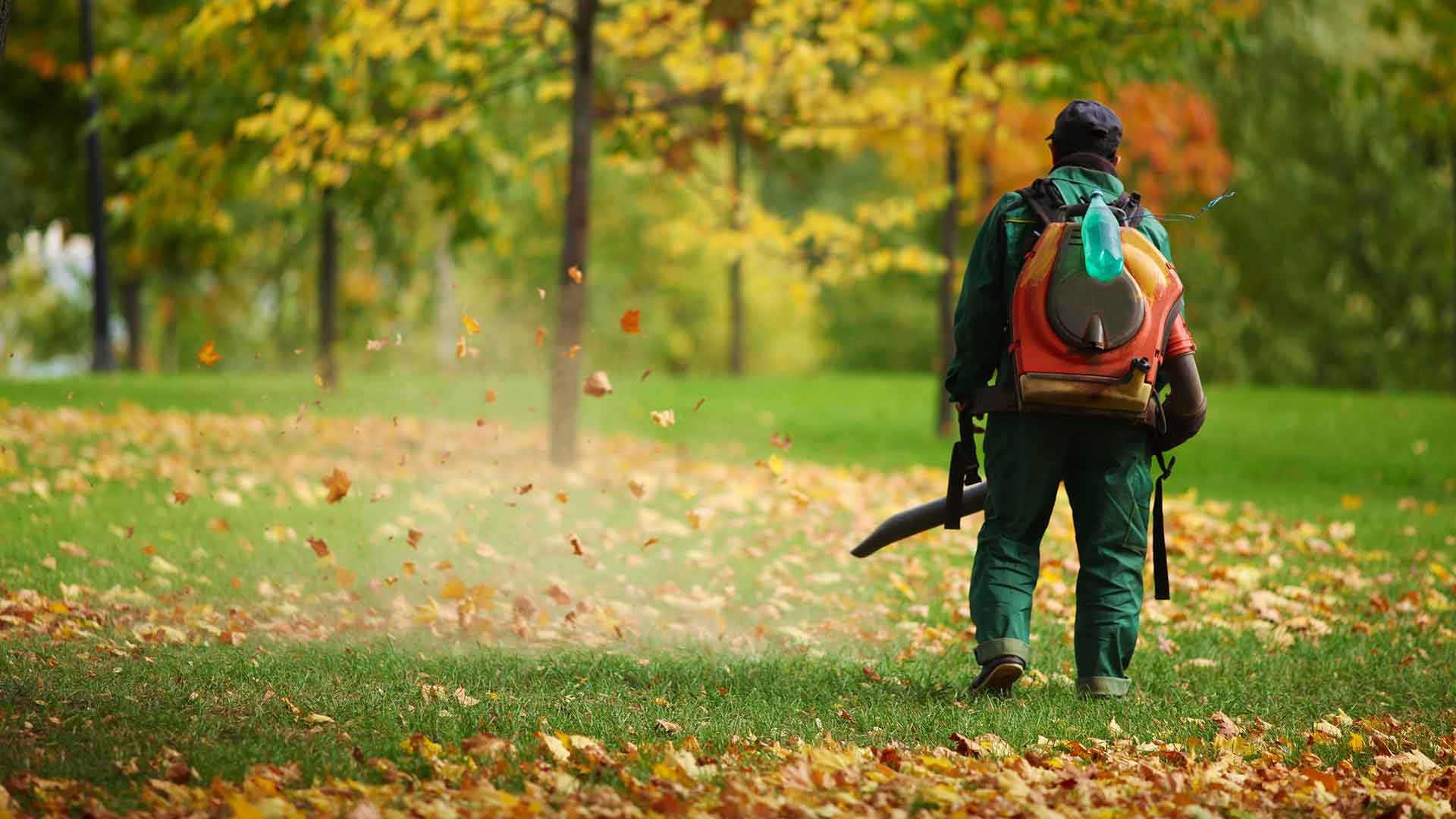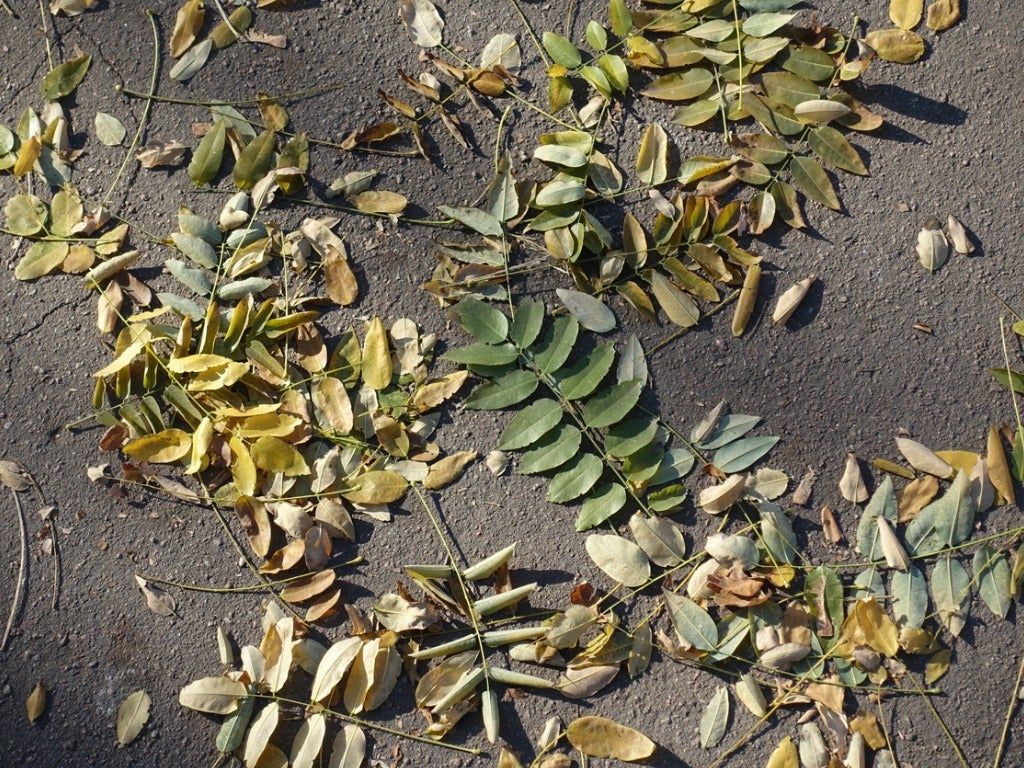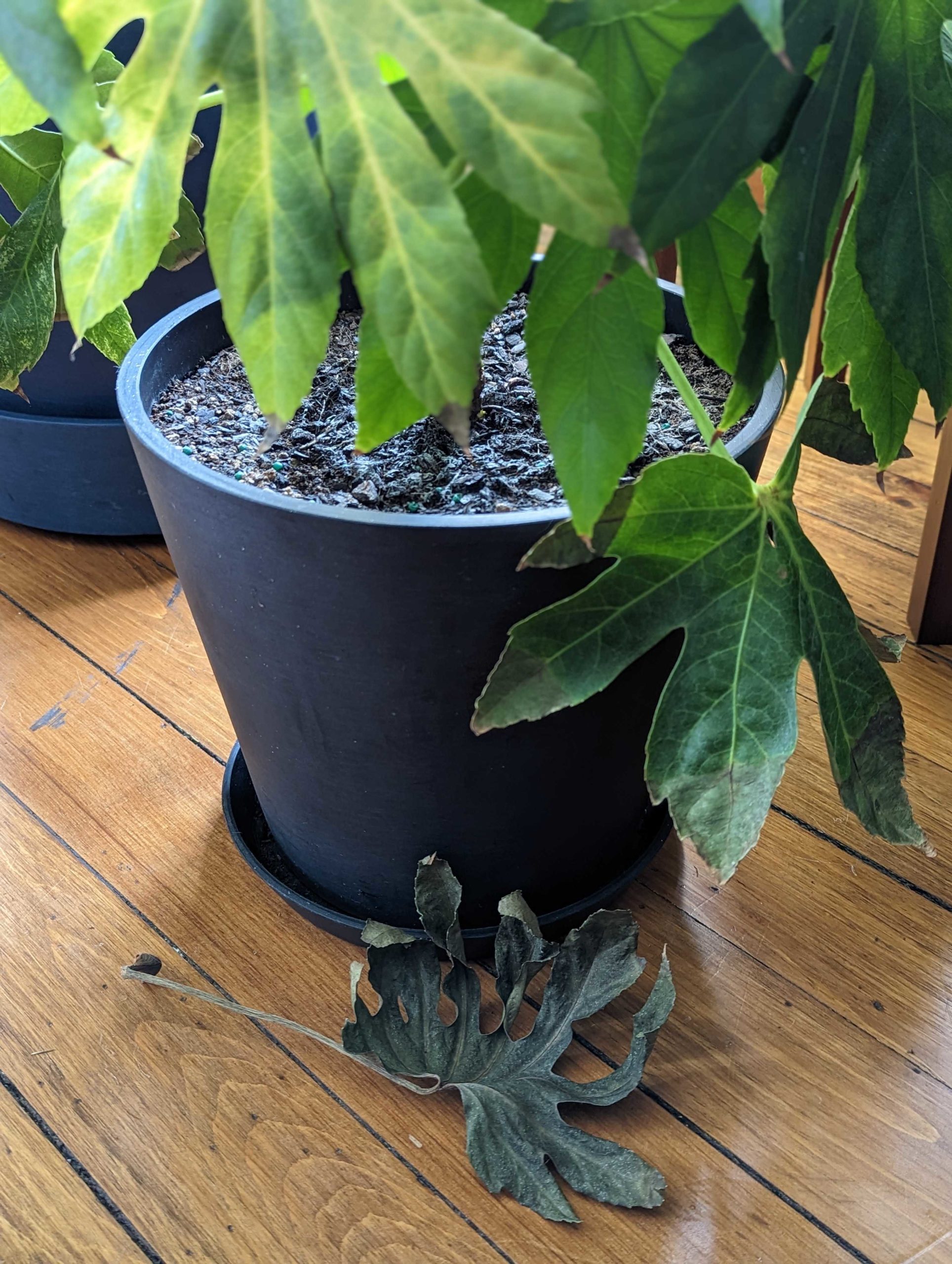As autumn descends upon the Pacific Northwest, a familiar and beautiful transformation begins, bringing with it a unique set of challenges and opportunities for residents. The phenomenon known as the "Beaverton Leaf Drop" is more than just falling leaves; it's an annual ritual that shapes the landscape, impacts daily life, and fosters a sense of community engagement in this vibrant Oregon city. From the golden hues that paint the trees to the practicalities of managing the sheer volume of fallen foliage, understanding this seasonal event is key to appreciating the charm and resilience of Beaverton.
Nestled in the eastern edge of the Tualatin Valley, Beaverton is a city in Washington County in the U.S. State of Oregon, with a small portion bordering Portland. This prime location, tucked between the dramatic West Hills and the rich Tualatin Valley farmlands, grants Beaverton a distinct identity, one that is deeply intertwined with its natural surroundings and the rhythm of the seasons. In this article, we’ll explore the multifaceted aspects of the Beaverton Leaf Drop, delving into its environmental significance, the community efforts to manage it, and how it contributes to the city's unique character.
Beaverton's Distinct Identity and the Rhythm of the Seasons
Beaverton, a city known as Portland’s neighbor, holds a significant place within Oregon. It is the seventh largest city in Oregon and the second largest in Washington County, after Hillsboro to its west. With just over 99,000 residents in 2020, the city continues to grow, maintaining its unique charm while adapting to the demands of a modern urban environment. The area was originally home to the Atfalati, an indigenous group, whose historical presence underscores the deep connection between the land and its inhabitants.
The city's geographic setting in the Tualatin Valley, immediately west of Portland, means it experiences the full spectrum of Oregon's temperate climate. This includes vibrant springs, warm summers, and, crucially for our discussion, spectacular, yet often challenging, autumns. The annual Beaverton Leaf Drop is a direct consequence of this climate, marking a significant transition from the lush greens of summer to the stark beauty of winter. It’s a natural cycle that residents anticipate, prepare for, and collectively manage, highlighting Beaverton’s commitment to its environment and community well-being.
The Annual Beaverton Leaf Drop Phenomenon
Every fall, as temperatures cool and daylight hours shorten, the deciduous trees throughout Beaverton begin their grand display of color before shedding their leaves. This natural process, while visually stunning, results in an immense volume of organic material blanketing streets, sidewalks, and yards. The sheer scale of the Beaverton Leaf Drop necessitates a coordinated effort from both city services and individual residents to ensure safety, maintain aesthetics, and prevent potential issues.
This isn't merely a minor seasonal inconvenience; it's a significant logistical challenge. Piles of leaves can clog storm drains, leading to localized flooding during Beaverton's often-wet autumns. They can also create slippery hazards for pedestrians and cyclists, especially when wet. Furthermore, unmanaged leaf accumulation can smother lawns and gardens, impacting the health of residential landscapes. Therefore, the city, in collaboration with its residents, implements various strategies to manage this annual influx of foliage, transforming a potential nuisance into an opportunity for community action and environmental stewardship.
Environmental Impact and Benefits of Proper Leaf Management
While the Beaverton Leaf Drop presents practical challenges, the leaves themselves are far from waste. When managed properly, fallen leaves offer significant environmental benefits. They are a rich source of organic matter, full of nutrients that can enrich soil. Composting leaves, for instance, creates a valuable soil amendment that reduces the need for chemical fertilizers and improves soil structure, water retention, and microbial life. This practice supports healthy gardens and green spaces throughout Beaverton.
Moreover, allowing some leaves to decompose naturally in garden beds or under trees provides insulation for plant roots during colder months and creates vital habitat for beneficial insects, earthworms, and other small organisms that contribute to a healthy ecosystem. By diverting leaves from landfills, Beaverton also reduces methane emissions, a potent greenhouse gas produced by organic matter decomposing in anaerobic conditions. The city's approach to leaf management, therefore, plays a crucial role in its broader sustainability efforts, demonstrating how a seasonal phenomenon can be harnessed for ecological good.
Community Efforts and City Services in Beaverton
Managing the annual Beaverton Leaf Drop is a collaborative endeavor, requiring active participation from both the city government and its residents. The City of Beaverton typically organizes specific programs and services to assist with leaf collection, aiming to make the process as efficient and environmentally friendly as possible. These services often include designated leaf collection days or drop-off sites, where residents can bring their accumulated leaves for composting or proper disposal.
Beyond official city services, community spirit shines through during the leaf drop season. Neighbors often help each other, especially the elderly or those with physical limitations, to clear their properties. Local organizations and volunteer groups might also organize leaf-raking events to assist public parks or community spaces. The Beaverton Area Chamber of Commerce, which promotes a vibrant community and business environment by leading business development and retention and advocating sound public policy, also implicitly supports these community-wide efforts by fostering a strong, interconnected populace capable of addressing shared challenges like seasonal leaf management. This collective approach underscores Beaverton's identity as a city where community well-being is a shared responsibility.
Understanding Beaverton's Leaf Collection Programs
To effectively manage the vast quantities of leaves, Beaverton typically implements structured leaf collection programs. These programs are vital for maintaining the cleanliness and safety of public spaces and residential areas. Residents are usually encouraged to rake leaves to the curb during specific periods, adhering to guidelines that prevent obstruction of storm drains or traffic flow. Information regarding these programs, including schedules and preparation instructions, is usually disseminated through official city channels, such as the city website, local newsletters, and community boards. Understanding and utilizing these services is crucial for residents to contribute to a smooth and efficient leaf management season.
The Role of Residents in Leaf Management
While city services provide essential support, the primary responsibility for managing leaves on private property falls to individual residents. This involves regular raking, bagging, or composting. Many Beaverton residents embrace the opportunity to turn fallen leaves into valuable compost for their gardens, reducing waste and enriching their soil naturally. For those without composting facilities, proper bagging and placement for curbside collection or transport to designated drop-off sites are critical. Adherence to city guidelines, such as avoiding mixing leaves with branches or other debris, ensures that collection efforts are efficient and that the leaves can be properly processed, often for composting purposes. This active participation from residents is what makes the city's leaf management strategy truly effective.
Safety and Practical Considerations During the Beaverton Leaf Drop
The beauty of autumn in Beaverton comes with practical considerations, particularly regarding safety. Wet leaves on sidewalks and roads can be incredibly slippery, posing a significant risk of falls for pedestrians and cyclists, and reducing traction for vehicles. Residents are advised to clear sidewalks adjacent to their properties promptly to prevent accidents. Furthermore, large accumulations of leaves can obscure street markings, traffic signs, and even small children, increasing the risk of accidents.
Another critical concern is the potential for clogged storm drains. Beaverton, being in a region prone to rain, relies heavily on its storm drain system to prevent flooding. Leaves, especially when wet and compacted, can quickly block these drains, leading to standing water on streets and private properties. Regular clearing of storm drains, particularly those near one's property, is a civic duty that helps protect both private and public infrastructure. Awareness and proactive measures from all residents are essential to navigating the Beaverton Leaf Drop safely and efficiently.
Beyond the Leaves: Autumn Activities in Beaverton
While leaf management is a significant focus during autumn, the season also brings a wealth of opportunities for enjoyment in Beaverton. The city, known for its vibrant community and numerous attractions, offers plenty of things to do in Beaverton, Oregon, that complement the fall scenery. The crisp autumn air and colorful landscapes make it an ideal time for outdoor activities, from exploring local parks and trails to visiting farmer's markets.
Travelers and residents alike can see TripAdvisor's 14,027 traveler reviews and photos of Beaverton tourist attractions to find what to do today, this weekend, or in June, but autumn offers its own unique charm. Local events, harvest festivals, and community gatherings often pop up during this season, celebrating the bounty of the Tualatin Valley. We share the best things to do in Beaverton, Oregon so you can plan the perfect trip to this suburb city, on the outskirts of Portland, and experience its autumn beauty beyond just the falling leaves. Whether it's a visit to a local pumpkin patch, a stroll through a park adorned with fall foliage, or enjoying a warm drink at a local cafe, Beaverton in autumn is a delightful experience.
Exploring Beaverton's Parks and Trails in Fall
Beaverton boasts an extensive network of parks and trails that become particularly enchanting during the autumn months. The changing leaves transform familiar paths into vibrant corridors of red, orange, and gold, offering breathtaking scenery for walkers, joggers, and cyclists. Places like Tualatin Hills Nature Park or Cooper Mountain Nature Park provide immersive experiences in nature, allowing residents to fully appreciate the natural beauty of the Beaverton Leaf Drop without the immediate concern of clearing them. These natural spaces also serve as important ecological areas, where leaves decompose naturally, contributing to the health of the local ecosystem. Exploring these areas is a fantastic way to connect with the season's beauty.
Cultural and Community Events Amidst the Foliage
Autumn in Beaverton is not just about the natural spectacle; it's also a time for community engagement and cultural celebration. Many local events, often with a fall theme, take place during this season. These can range from harvest festivals at local farms to community clean-up days that directly address the Beaverton Leaf Drop. Libraries and community centers might host workshops on composting or fall gardening, further integrating the practical aspects of leaf management with broader community interests. These events foster a strong sense of belonging and provide opportunities for residents to connect, celebrate the season, and collectively contribute to the well-being of their city.
Beaverton's Growth and Future Resilience
Beaverton is a city in the Tualatin Valley, located in Washington County in the U.S. State of Oregon, and its continuous growth underscores its importance as a major hub in the region. The city is among the main cities that make the Portland metropolitan area dynamic and diverse. With its significant population and strategic location, Beaverton faces unique challenges and opportunities, including the management of natural phenomena like the annual leaf drop. The city's ability to effectively handle such seasonal events is a testament to its planning, infrastructure, and community spirit.
Tucked between the dramatic West Hills and Tualatin Valley farmlands, this city has its own unique identity and continues to evolve. The effective management of the Beaverton Leaf Drop reflects a broader commitment to urban planning and environmental stewardship. As the city continues to grow, so too will the importance of sustainable practices and robust community programs. Beaverton demands the same debate invitation as the rebel, even though we’re not as big a joke, a sentiment that perhaps speaks to its assertiveness and desire to be recognized for its progressive and well-managed approach to urban living, including its handling of natural cycles.
Navigating the Season: Tips for Residents
For residents of Beaverton, successfully navigating the Beaverton Leaf Drop season involves a few key practices. Firstly, proactive raking is essential. Regular clearing of leaves from lawns, driveways, and especially sidewalks prevents large accumulations that are harder to manage and pose safety risks. Secondly, understanding and utilizing the city's leaf collection services is crucial. Knowing the designated pick-up dates or drop-off locations can significantly ease the burden of disposal. Thirdly, consider composting. Leaves are a fantastic resource for enriching garden soil, and composting them at home reduces waste and provides a sustainable solution. Finally, be a good neighbor. Offering assistance to those who might struggle with leaf removal can strengthen community bonds and ensure that Beaverton remains clean and safe for everyone during this beautiful, yet demanding, time of year.
Why Beaverton's Leaf Drop Matters
The Beaverton Leaf Drop is more than just a seasonal chore; it is a significant annual event that encapsulates much about the city's character. It highlights Beaverton's deep connection to its natural environment, its commitment to community well-being, and its capacity for effective urban management. The collective effort involved in managing the vast quantities of fallen leaves—from city services to individual residents—showcases a strong sense of civic responsibility and environmental consciousness. This annual ritual reinforces the bonds within the community, as neighbors assist one another and work together to maintain the beauty and safety of their shared spaces. Ultimately, how Beaverton handles its leaf drop reflects its resilience, its forward-thinking approach to sustainability, and its dedication to fostering a high quality of life for all its residents, making it a truly unique and admirable place to live.
Conclusion
The annual Beaverton Leaf Drop is a quintessential part of life in this dynamic Oregon city. From the initial burst of vibrant fall colors to the collective efforts of managing the fallen foliage, it’s a process that touches every resident and shapes the local landscape. We’ve explored Beaverton’s unique identity, its strategic location in Washington County, and how the city, with just over 99,000 residents, effectively tackles this seasonal challenge through a combination of robust city services and active community participation. The environmental benefits of proper leaf management, the safety considerations, and the array of autumn activities that thrive amidst the changing leaves all contribute to the rich tapestry of life in Beaverton.
As the golden embrace of autumn settles over the Tualatin Valley, the Beaverton Leaf Drop serves as a powerful reminder of nature's cycles and the strength of a community working together. We encourage you to appreciate the beauty of this season, participate in local leaf management efforts, and explore the many things to do in Beaverton, Oregon, during this enchanting time of year. What are your favorite ways to manage the leaves, or to enjoy Beaverton in the fall? Share your thoughts and tips in the comments below, and don't forget to share this article with your friends and family!
Table of Contents
- Beaverton Leaf Drop: Navigating Autumn's Golden Embrace
- Beaverton's Distinct Identity and the Rhythm of the Seasons
- The Annual Beaverton Leaf Drop Phenomenon
- Environmental Impact and Benefits of Proper Leaf Management
- Community Efforts and City Services in Beaverton
- Safety and Practical Considerations During the Beaverton Leaf Drop
- Beyond the Leaves: Autumn Activities in Beaverton
- Beaverton's Growth and Future Resilience
- Navigating the Season: Tips for Residents
- Why Beaverton's Leaf Drop Matters
- Conclusion



